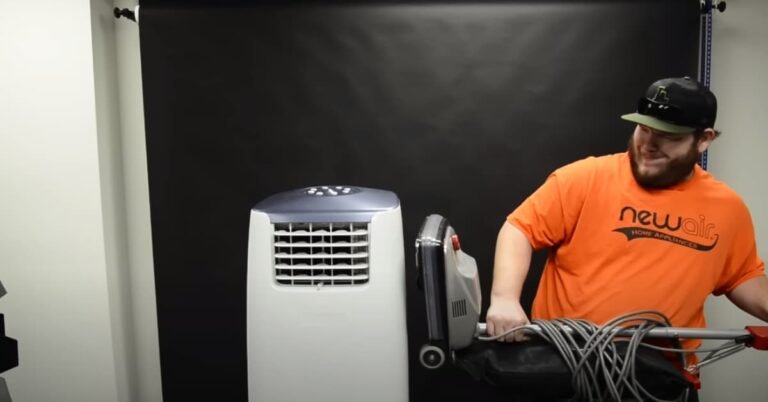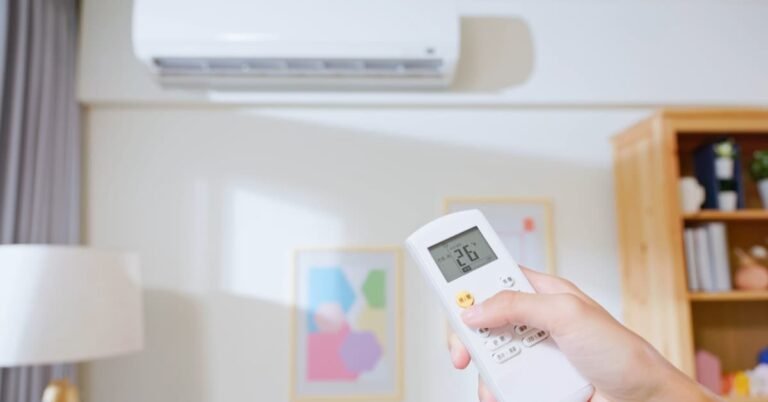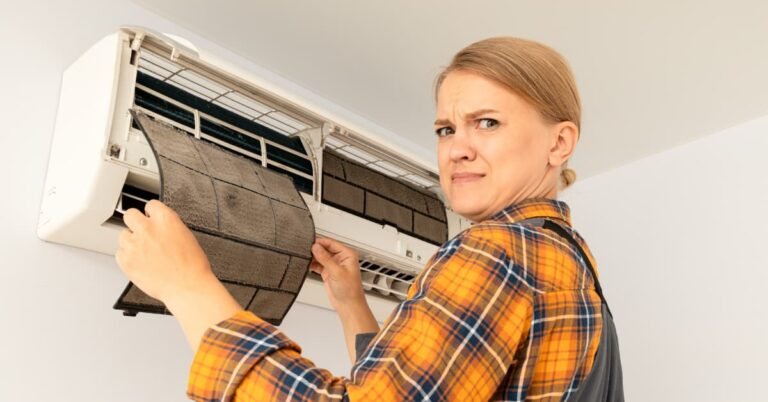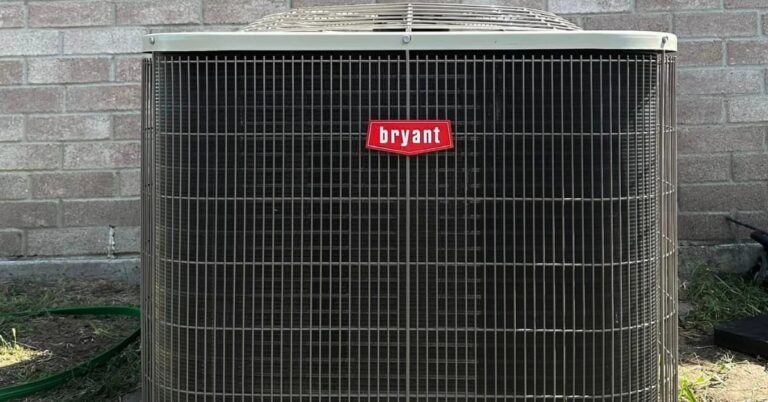Can I Use Two Air Conditioners in One Room?
When it comes to cooling a single room, using multiple air conditioners may seem like a viable option. However, several factors need to be considered before making a decision. Here’s an introduction to the topic without providing the answer:
Introducing the idea of using two air conditioners in one room, it’s important to weigh the pros and cons. Determining if this setup is feasible relies on factors such as room size, insulation, electrical capacity, and airflow.
By exploring these considerations, you can make an informed decision about whether using two air conditioners is a viable and efficient solution for cooling a single room.
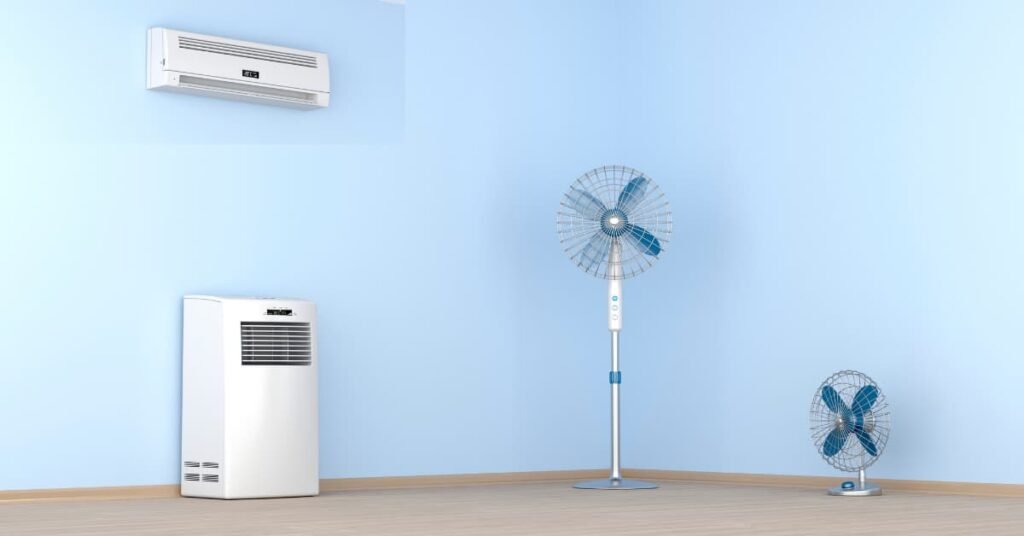
Can I Use 2 Air Conditioners in One Room?
Yes, using two air conditioners in one room is possible and can be beneficial in certain situations. However, there are a few key factors to consider before making this decision.
Here are some important points to keep in mind:
1. Room Size
Assess the size of the room to determine if it requires the cooling capacity of two air conditioners. If the room is small to medium-sized, a single properly-sized air conditioner may be sufficient.
2. Heat Load
Evaluate the heat load in the room, considering factors such as the number of occupants, equipment, sunlight exposure, and insulation. If the heat load is exceptionally high, using two air conditioners might be necessary.
3. Zoning
If the room has separate zones or dividers, such as partitions or curtains, using two air conditioners can help regulate temperatures more effectively in each zone.
4. Installation Considerations
Ensure that the room has proper electrical capacity to handle two air conditioners simultaneously. Additionally, consider the space needed for installation and the impact on the room’s aesthetics.
5. Energy Efficiency
Using two air conditioners will consume more energy compared to a single unit. Consider the potential increase in energy costs and environmental impact before opting for multiple units.
What Size House Needs Two AC Units?
Determining the appropriate number of air conditioning units for a house depends on several factors, including the house size, layout, insulation, and climate. While every situation is unique, there are some general guidelines to consider:
1. Square Footage
A larger house will typically require more cooling power. As a rough estimate, houses over 2,000 square feet may benefit from having more than one air conditioning unit.
2. Multiple Stories
If your house has multiple stories, it may be more efficient to have separate air conditioning units for each floor. This helps to provide consistent cooling throughout the house.
3. Layout and Room Distribution
Consider the layout of the house and how the rooms are distributed. If there are areas with higher heat loads, such as large windows or rooms with more occupants, installing an extra air conditioning unit specifically for those areas may be beneficial.
4. Insulation and Climate
Houses in hot climates or areas with poor insulation may require additional cooling capacity. Factors such as high ceilings, lots of windows, or insufficient insulation can contribute to increased cooling needs.
5. Personal Comfort Preferences
Some individuals prefer different temperature settings in different areas of the house. Having multiple air conditioning units allows for greater control over individual comfort levels.
What is a Multi Split System Air Conditioner?
A multi split system air conditioner is a versatile cooling solution that offers numerous benefits for residential and commercial spaces. It consists of one outdoor unit connected to multiple indoor units, allowing for individual temperature control in different zones or rooms. Here’s an explanation of its features:
Benefits of Multi Split System Air Conditioners:
1. Flexibility: Multi split systems enable independent temperature control in each room or zone, catering to individual preferences and comfort levels.
2. Space-Saving: With a single outdoor unit serving multiple indoor units, multi split systems are ideal for spaces where installing multiple outdoor units is impractical or visually unappealing.
3. Energy Efficiency: These systems utilize inverter technology, adjusting the compressor speed based on cooling demands, resulting in reduced energy consumption and utility bills.
4. Design Options: Multi split systems come in various designs, such as wall-mounted, ceiling cassette, or ducted units, offering flexibility in installation and blending seamlessly with different room aesthetics.
Considerations for Multi Split Systems:
1. Installation: Professional installation is essential to ensure proper sizing and placement of indoor and outdoor units for optimal performance and efficiency.
2. Maintenance: Regular maintenance, including cleaning filters and periodic servicing, is necessary to ensure efficient operation and longevity of the system.
3. Cost: Multi split systems may involve higher upfront costs compared to single-unit systems due to the need for multiple indoor units and additional installation requirements.
How Many Portable AC Units Can I Run?
The number of portable AC units you can run depends on several factors. Here’s what you need to consider when determining how many units you can use in your space:
1. Cooling Requirements: Assess the cooling needs of your space based on its size, insulation, heat load, and the number of occupants. This determines the total cooling capacity required.
2. Unit Cooling Capacity: Check the cooling capacity, often measured in BTUs (British Thermal Units), of each portable AC unit. Ensure that the combined cooling capacity of all units meets or exceeds the total cooling requirements of the space.
3. Electrical Capacity: Determine if your electrical system can safely handle the power consumption of multiple portable AC units. Consult an electrician if needed to avoid overloading circuits.
4. Ventilation: Each portable AC unit expels hot air through an exhaust hose. Ensure that your space has adequate ventilation options, such as windows or drop ceilings, to accommodate the exhaust hoses of multiple units.
5. Space Considerations: Assess the available space to determine if it can accommodate the physical size of multiple portable AC units without obstructing movement or hindering functionality.
How Can I Use a Portable AC to Cool the Whole House?
When it comes to using a portable AC unit to cool your entire house, there are a few strategies you can implement to achieve better results.
Here’s how you can make the most of your portable AC:
1. Start with a Central Location: Position the portable AC in a central area such as a hallway to maximize airflow to all rooms.
2. Utilize Fans and Open Doors: Place fans strategically to help circulate cool air throughout the house. Keep doors open to promote airflow between rooms.
3. Create Zones: Divide your house into zones and focus on cooling the areas that are frequently occupied during the day. Adjust the portable AC’s position accordingly.
4. Insulation Matters: Ensure your house is well-insulated to prevent cold air from escaping and warm air from entering. This helps maintain a cooler environment.
5. Manage Sunlight: Use curtains or blinds to block direct sunlight, as it can heat up your home. This reduces the strain on your portable AC unit.
6. Nighttime Ventilation: During cooler evenings, place the portable AC near an open window to bring in fresh air. Use the unit in fan mode to circulate the cool air.
7. Consider Multiple Units: If your house is large or multi-level, you may need to use multiple portable AC units strategically placed to cover different areas.
Conclusion
The idea of utilizing two air conditioners in one room raises important considerations. By examining factors such as room size, insulation, electrical capacity, and airflow, you can make an informed decision about the feasibility and effectiveness of this setup.
Understanding the potential benefits and drawbacks, as well as the impact on energy consumption, is crucial in determining the most suitable approach to achieve optimal cooling in a single room.
Ultimately, assessing the specific requirements of your space and consulting with professionals can guide you towards a well-informed decision.

